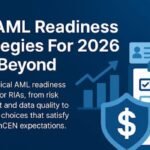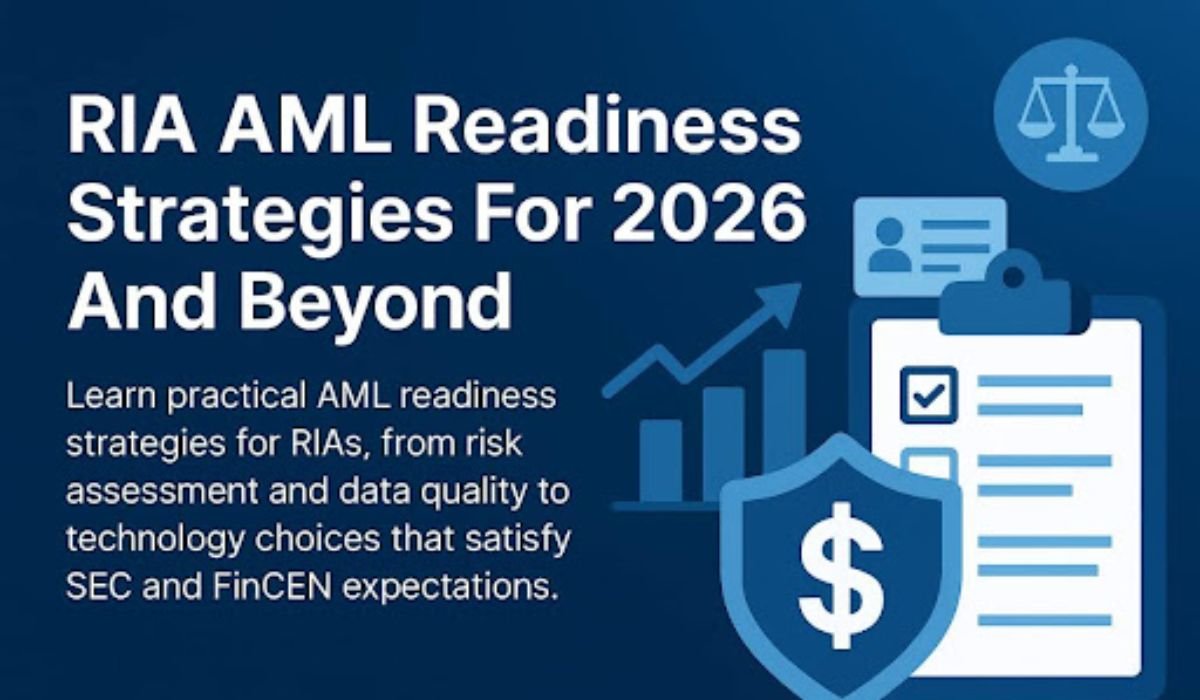Introduction
AI-powered candidate screening software is one of the most in-demand HR tech products in 2025. As the number of candidates increase, recruiters need hours to sort through resumes, validate skills, and assess cultural fit. AI software eliminates this pain by scanning resumes automatically, filtering candidates, and even predicting job success with machine learning algorithms.
However, for companies considering this solution, the first question that comes to their mind is: how much does it actually cost to develop AI-powered candidate screening software in 2025? The honest answer to this question is that it varies and depends on several factors, like integrations, functionality, the size of the team, and security requirements. Let’s break down the major cost factors and provide a realistic cost estimation so that you can plan your budget accordingly.
Factors That Affect The Cost To Develop AI-Powered Candidate Screening Software
Several factors affect the cost of developing AI-powered candidate screening software. The following are the various factors that impact development cost, and you can prioritize them based on your requirements.
Software Features and Functional Scope
The complexity and extent of features directly correlate with cost and development time. Basic features like keyword filtering and resume parsing have shorter implementation times. Advanced features like predictive analytics and video interview analytics require complex AI models, which raises project size and cost.
Cost Impact:
- $6,000 – $15,000 for basic features
- $25,000 – $45,000 for complex AI features
Level of Customization
Such bespoke AI-based candidate screening software for specific hiring workflows, role assessments, or branding requires more development work. Unlike pre-packaged solutions, which are inflexible and costly to tailor, you can work with a custom software development company that has AI expertise, offers tailor-made solutions, and secure, scalable software for your particular HR needs.
Cost Impact:
- $2,000 – $5,000 for light customizations
- $6,000 – $10,000 for more profound tailoring
Data Sourcing and Model Training
High-quality labeled data is needed to train AI models that can perform correctly. Additionally, data sourcing, cleaning, and preparing data can be complex and time-consuming, which affects costs.
Cost Impact:
- $5,000 – $25,000 depending on volume and complexity of data
Integration with Existing Systems
AI-driven candidate screening software communicates with ATS, HRIS, or video interview platforms to allow for streamlined workflow and data consistency. Each integration adds technical complexity, testing, and costs.
Cost Impact:
- $1,000 – $2,500 per integration
- $4,000 – $7,000 for multiple integrations
AI Technology Stack and Model Complexity
AI stack and model sophistication (NLP, Computer Vision) influence developer expertise and development time. Advanced technology can require more infrastructure and resources.
Cost Impact:
- Portion of the base cost of AI for low-sophistication models
- Extra $10,000 – $20,000 for high-sophistication AI models
User Roles and Workflow Management
Advanced recruiter roles require features like custom permissions and approval workflows for better control and flexibility. Simple roles require less work to add, but complex workflows require more effort.
Cost Impact:
- Simple roles are included
- $1,500 – $3,000 for advanced role management
UI/UX Design Requirements
Intuitive, clean interfaces drive adoption and productivity. Simple dashboards have lower investment, but custom interactive designs and mobile support increase design and development effort.
Cost Impact:
- $1,000 – $2,500 for simple UI
- $3,000 – $5,000 for custom UI/UX
Security and Compliance Requirements
Handling sensitive personal data necessitates encryption, privacy features, and adherence to laws like GDPR. These features demand additional development and testing.
Cost Impact:
- $1,500 – $3,000 for basic security
- $4,000 – $7,000 for sophisticated compliance
Scalability and Future Growth Readiness
Code written to handle growing users and amounts of data prevents costly rework in the future. Scalable architecture demands initial planning and investment.
Cost Impact:
- $1,500 – $3,500 for basic scalability
- $4,000 – $7,000 for enterprise-level scalability
Location and Experience of the Development Team
Developer rates vary by location and experience. North American or European-based developers are generally more expensive than offshore developers, but with a possible upside of better communications and reliability. You should choose to hire software developers from countries like India, where you can get experts developers at low per hour rate and who can work in your time zone.
Cost Factor:
- $70 – $130/hour for U.S./Europe developers
- $25 – $50/hour for offshore developers
Estimated Development Cost Breakdown by Feature & Complexity
| Module / Feature | Complexity | Development Hours | Estimated Cost (USD) |
| User Authentication & Roles | Low | 50 – 80 | $1,500 – $3,500 |
| Resume Parsing & NLP | Medium | 100 – 140 | $4,000 – $8,000 |
| Candidate Ranking & Analytics | High | 120 – 160 | $7,000 – $12,000 |
| Video Interview Analysis | High | 130 – 180 | $8,000 – $14,000 |
| Workflow & Role Management | Medium | 70 – 100 | $2,500 – $5,000 |
| Integrations (ATS, HRIS, etc.) | Varies | 80 – 120 | $3,000 – $6,000 |
| Security & Compliance | Medium | 60 – 80 | $2,000 – $4,000 |
| UI/UX Design | Medium | 50 – 80 | $2,000 – $4,000 |
Total Estimated Cost
- MVP Version: $25,000 – $45,000
- Full Feature Product: $60,000 – $95,000
Tips To Reduce the Development Cost of AI-Driven Candidate Screening Software
Prioritize the Must-Have Features First: Identify the core features that provide up-front value, such as resume parsing, basic candidate ranking, and simple workflows, and assign priorities to them. This maintains the avoidable spend on features that are not critical at the front end.
Use Pre-Trained AI Models to Minimize Training Time: Leverage current AI models, natural language processing, or predictive analytics APIs, instead of creating in-house custom models. This reduces time and resource costs on AI model training and data annotation.
Create Modules in Phases to Control Budget and Scale Down the Road: Roll out the software in a phased manner, starting with an MVP. Once an MVP is tested and proven, the AES and integrations are introduced in phases. Phases are added gradually to deployment, which spreads the expense over time and provides opportunities to improve the software based on user feedback.
Choose Economically Priced Cloud Services and Technologies: Select cloud platforms and open-source artificial intelligence frameworks that reduce licensing costs and infrastructure expenses. Cloud hosting also eliminates upfront hardware expenses and flexible usage costs.
Work with an Experienced Software Development Partner: Work with experienced offshore development teams that provide quality work at lower hourly rates. Use proper communication channels and project management to manage the risks associated with remote collaboration.
Start with an MVP to Validate the Product Before Full Rollout: Launching an MVP enables you to test core functionalities in real-world environments. This avoids over-investment in features that would be unnecessary and provides vital feedback to distribute resources more effectively during full-scale development.
Conclusion
AI-powered candidate screening software requires an initial investment but offers a solution tailored to your business’s distinctive hiring needs. With budgets between $25,000 and $95,000, businesses obtain scalable, efficient platforms that improve hiring accuracy and automate essential processes. Solid planning, feature prioritization, and the selection of proper partners can maintain development within budget while delivering measurable improvements in hiring performance over time.
READ ALSO: 5 Ways AI Is Transforming Business Security and Operations











